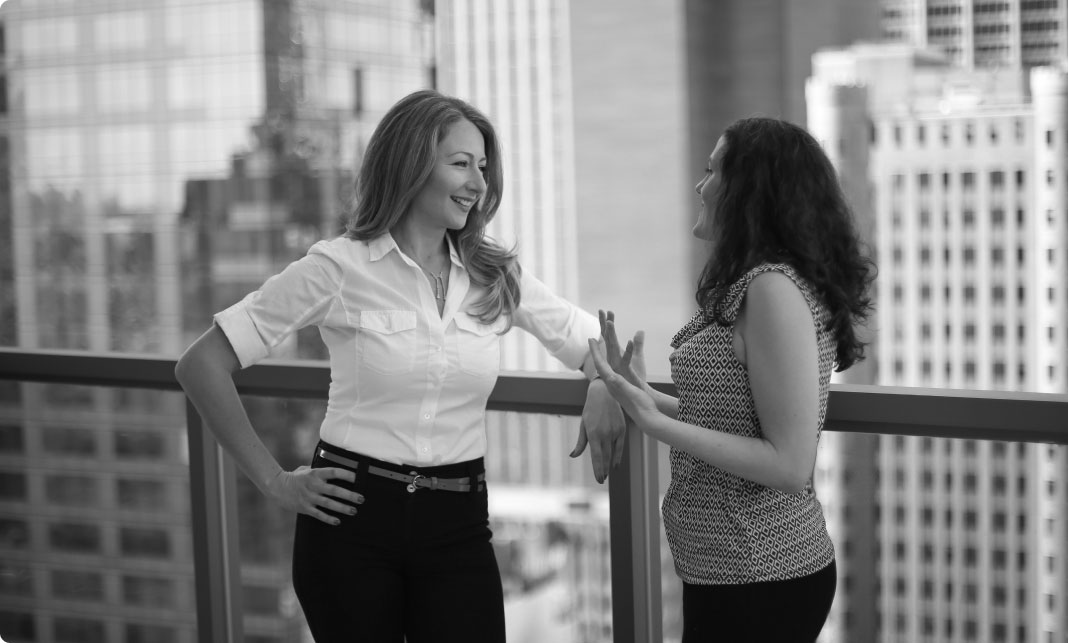Need help implementing your CX goals?
Our industry knowledge and experience are at your service. Contact CX by Design for a free 30-minute session and take the first step towards a thriving future!

edit Lis Hubert
event 12/21/2020
pace 4 mins
Published in collaboration with Alexis Lloyd and Devin Mancuso. December 21, 2020.
It’s 2020 and our systems are failing us. We are increasingly reliant on technology that automates bias. We are celebrating “essential workers” while they are underpaid and their work is precarious. We are protesting in the streets because of policing systems that put black and brown people at risk every day. We use apps for travel, shopping, and transportation that productize exploitative labor practices. The list goes on and on.
How did we get here? These systems didn’t just emerge of their own accord. They were crafted by people who made hundreds of decisions, big and small, that led to the outcomes we see now. In other words, these systems and all of their component parts were designed. And for the most part, they were designed with processes intended to create positive user experiences. So what went wrong? Might the way we approach design be contributing to the problems we now experience?
It’s unlikely that the techniques that got us into this situation will be the ones to get us out of it. In this essay, we’re going to take a deeper look at dominant design practices — specifically user-centered design — to identify where our frameworks might be failing us and how we can expand our design practices to close those gaps.
Our industry knowledge and experience are at your service. Contact CX by Design for a free 30-minute session and take the first step towards a thriving future!

Want to help your company thrive using the principles of human-centered design? Our FREE 30-minute introductory session will get you on the right path!
Schedule your free consultation